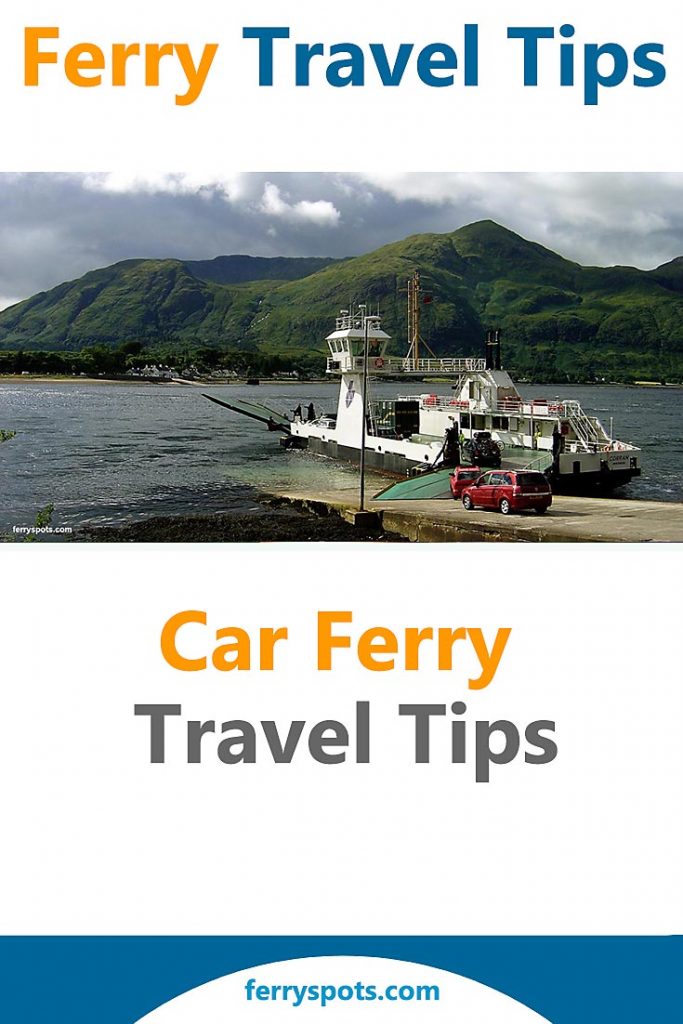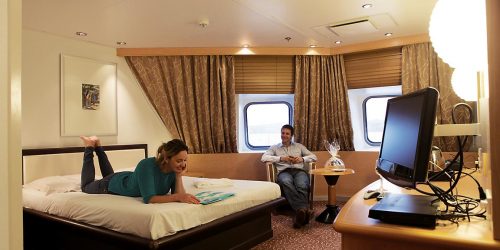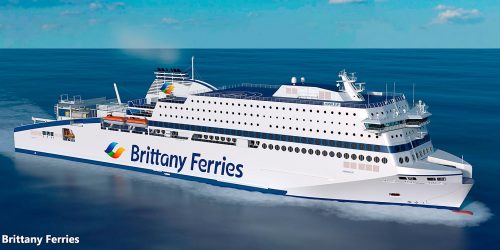Car Ferry Travel Tips
Car or vehicle ferries are vessels that transport cars and other vehicles such as bicycles, vans or trucks between two or more landmasses across any body of water – lakes, sea, channel, ocean. They also transport foot passengers.

Getting prepared for your car ferry trip
If you never travelled on a car ferry before, here is a list of things you should prepare before your trip:
- Check that your travel documents are still valid for the period you intend to travel. It seems like a no-brainer, but still, you would be surprised to know how many people turn at the ferry terminal ready to depart with expired documents. So make sure your passport or ID card is valid for the length of your entire journey. Even if you are crossing by ferry within one country you will still need your id to embark.
- Buy your ferry ticket in advance. Travelling by car ferry is seldom just a walk-in or drive-in experience, particularly on popular ferry crossings. If you are just a foot passenger you may be able to get away with turning up and getting on the ferry but with a car, it is hardly possible. Advance online or telephone bookings are widely available and you should have your ticket booked well in advance.
- Prepare a small bag of travel essentials – this is particularly important for longer or overnight car ferry crossings. Due to safety reasons, you will most likely leave your car (and bags) in the ferry car parking deck and won’t be allowed to access it for the entire length of the journey. Having handy basic travel essentials can help you to enjoy the trip much more.
- Check your car well in advance – you should check with your mechanic that your car is technically fine and safe before any ferry travel. You don’t want to end up being stuck in the port or on the ferry with a car that can not function.
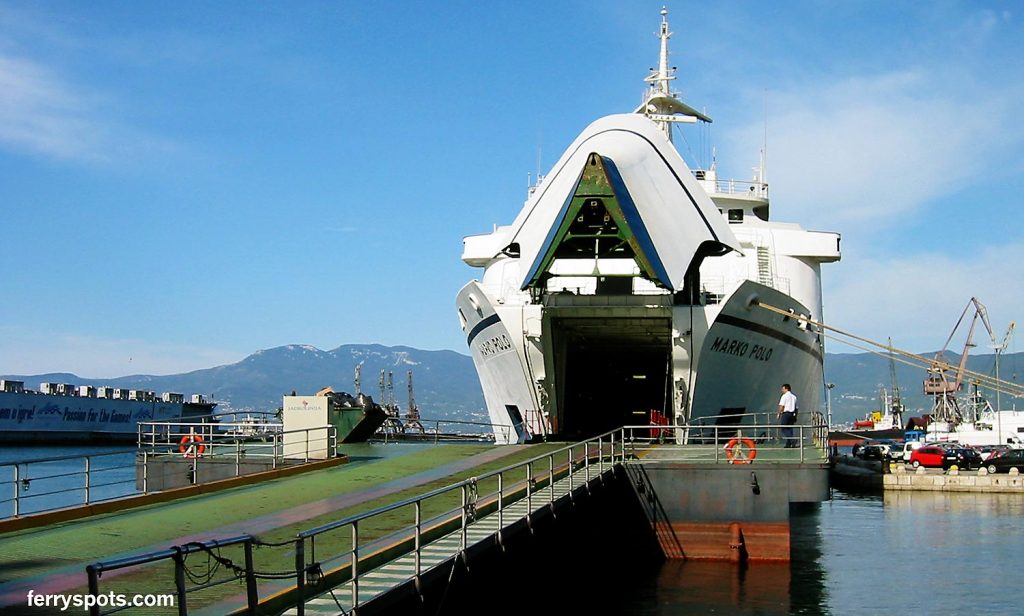
How to board a car ferry
Boarding a ferry by car you may perceive a bit tricky and even scary but rest assured that crew on the ferries are very experienced and are there to guide you safely and patiently on the board of the ship. Here is a short description of how to drive onto a ferry:
When you arrive at the ferry terminal you will be directed to the terminal’s queue area where you will join the line that slowly leads to the ferry ramp which leads you on the board of the ship.
Once in the line, just follow the instructions of the crew member – get the eye contact with them – and follow their suggestions. You will be safely parked inside the ship’s parking deck in no time.
As soon as you park, pick up your essential travel bag, lock the vehicle and head up to the passenger lounge and deck(s).
Car Ferry Boarding Video
If you have an accessibility issue, make sure you check in advance what are the procedures. On larger and older car ferries that have several decks (floors), there may be no lifts or elevators available to reach the passenger deck from the parking deck.
The best option is to check in advance with a ferry company before you even book a ticket. They will know exactly which ship is scheduled to sail on the day of your travel and advise you about disabled access, lifts, cabins, toilets and other details.

Can you stay in the car on the ferry?
If you are wondering if can you stay in your vehicle on a ferry the answer in most cases is no. Once the vessel starts with crossing, you will not be allowed onto the car parking deck as most of the large car ferries for safety reasons, do not allow passengers to stay in their cars.
But on some smaller car ferries that service shorter crossings, you will be allowed to stay in the car. These ferries are usually completely opened and the parking deck on these types of ferries has no roof (as in the above photo). Staying in the car on this type of ferry represents no hazard for passengers.
On the smaller car ferries, serving shorter routes you will be allowed to stay in the car during a journey if you wish. For example, if your crossing is about 10 or 15 minutes you will see that most people just stay in their cars while waiting to disembark on the other end.
Usually, these are double-ended car ferries (see photo below) which means you don’t need to turn your car to get out as this type of ferry can embark and disembark vehicles from the front and back.
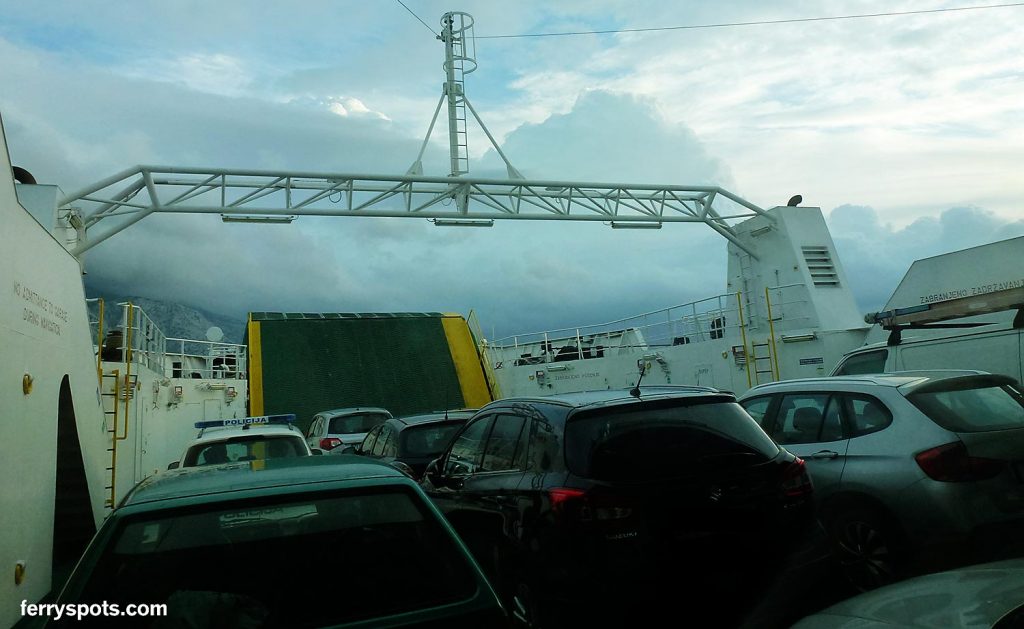
What to wear on a car ferry?
Dressing appropriately is essential to fully enjoy your car ferry crossing and avoid any accidents. This particularly applies to shorter routes or if you plan to spend most of your time on the outside decks.
On the very short routes, in some warmer countries, there may be no passenger cabins or salons available and you will have to spend most of your crossing time outside.
While the ferry is moving across the water it is always windy out there, even if the sea or water is completely calm. Always take at least a light windproof jacket with you, even in the warmest climates, just in case. Also, shorts or trousers are better choices than skirts or dresses. A hat is also good to have in case of strong wind or sunshine. The reflections of the water are very strong on the open seas so sunglasses are essential too.
The decks are also wet and humid. Wearing good, nonslippery shoes is paramount. See more tips about what to wear on a ferry
